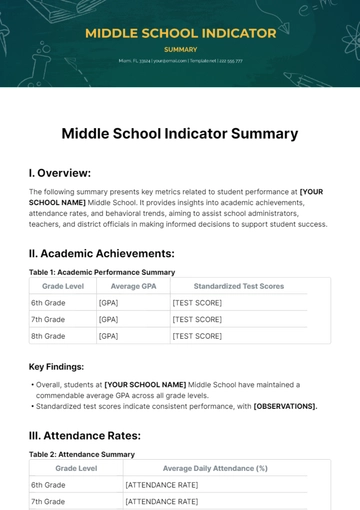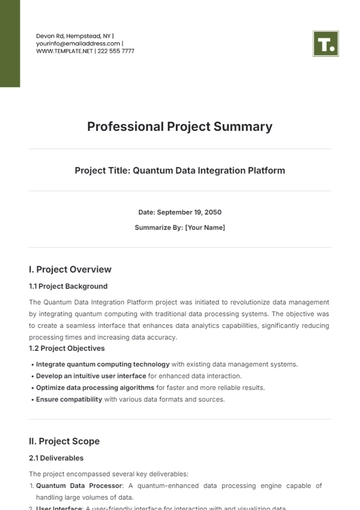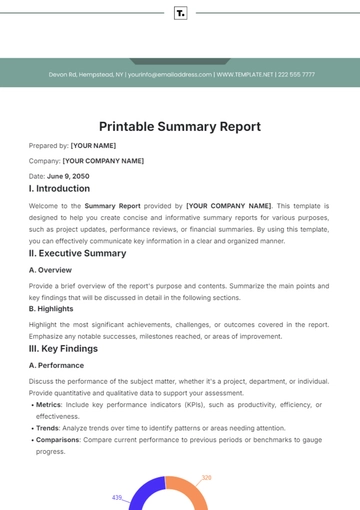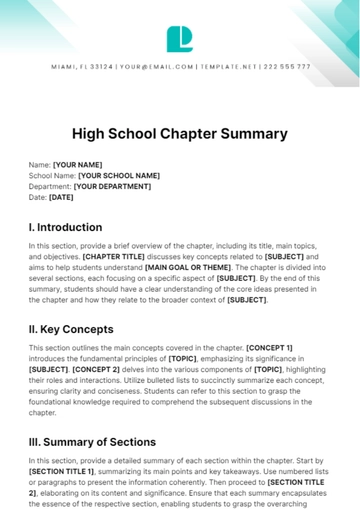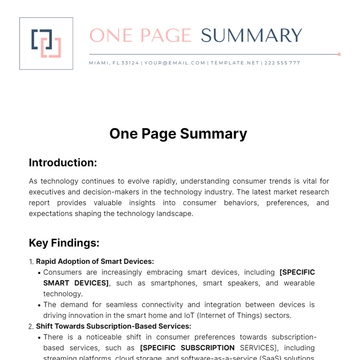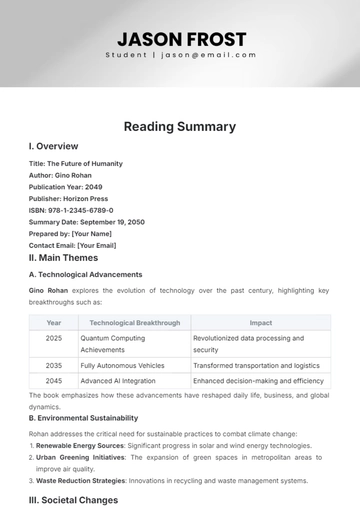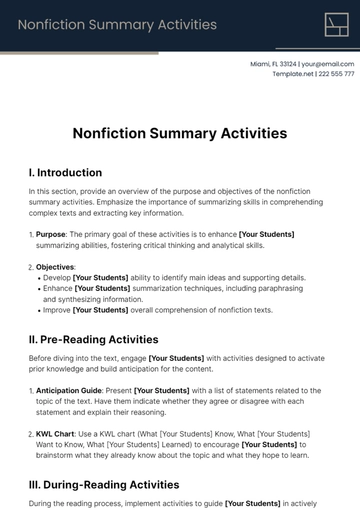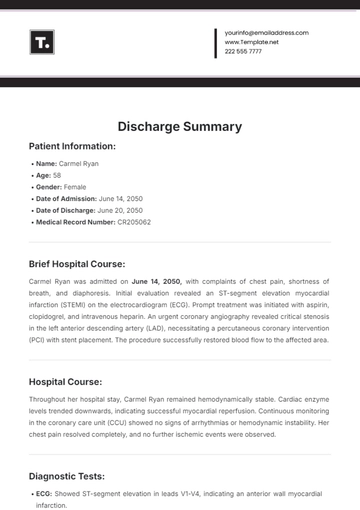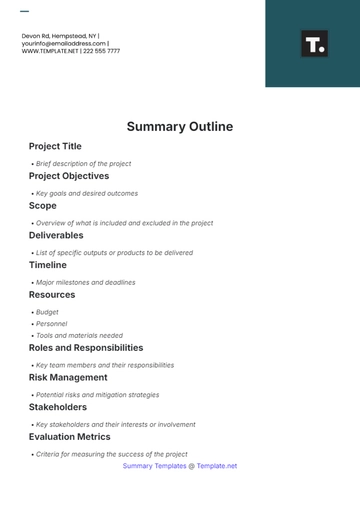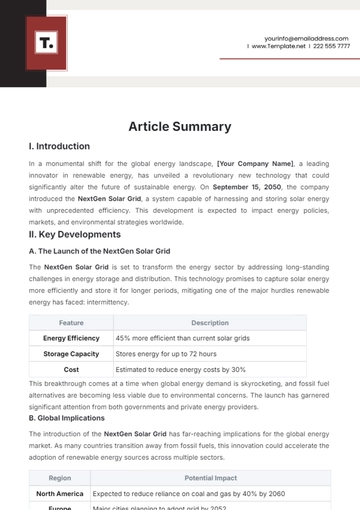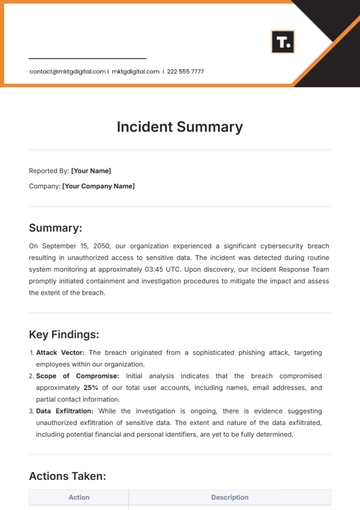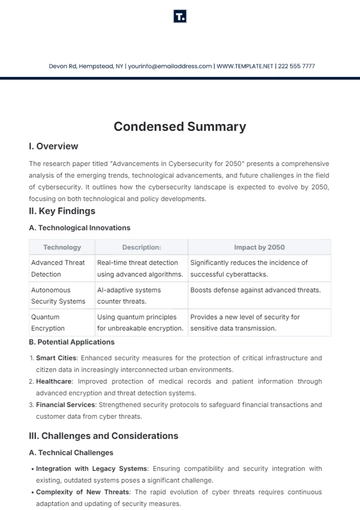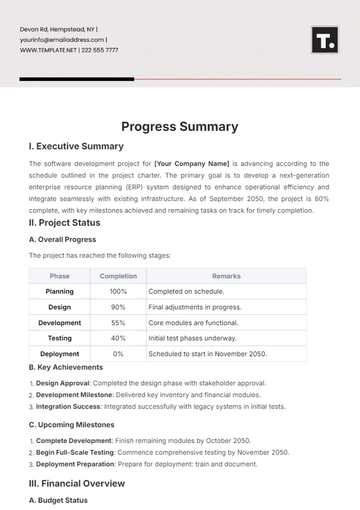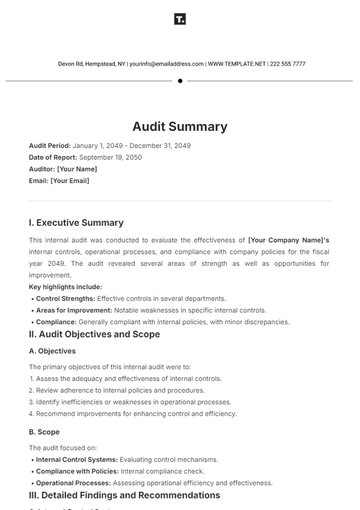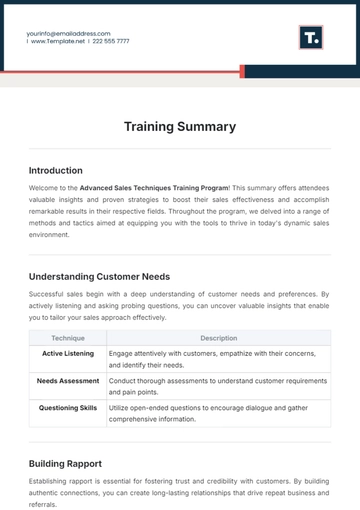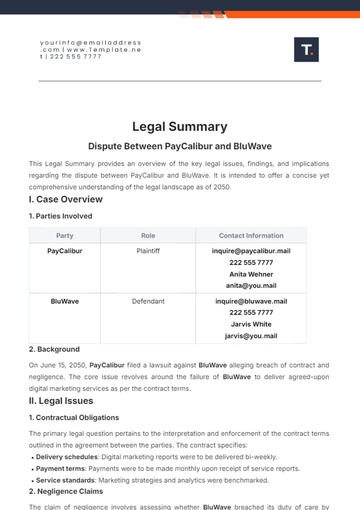Free Performance Appraisal Article Summary
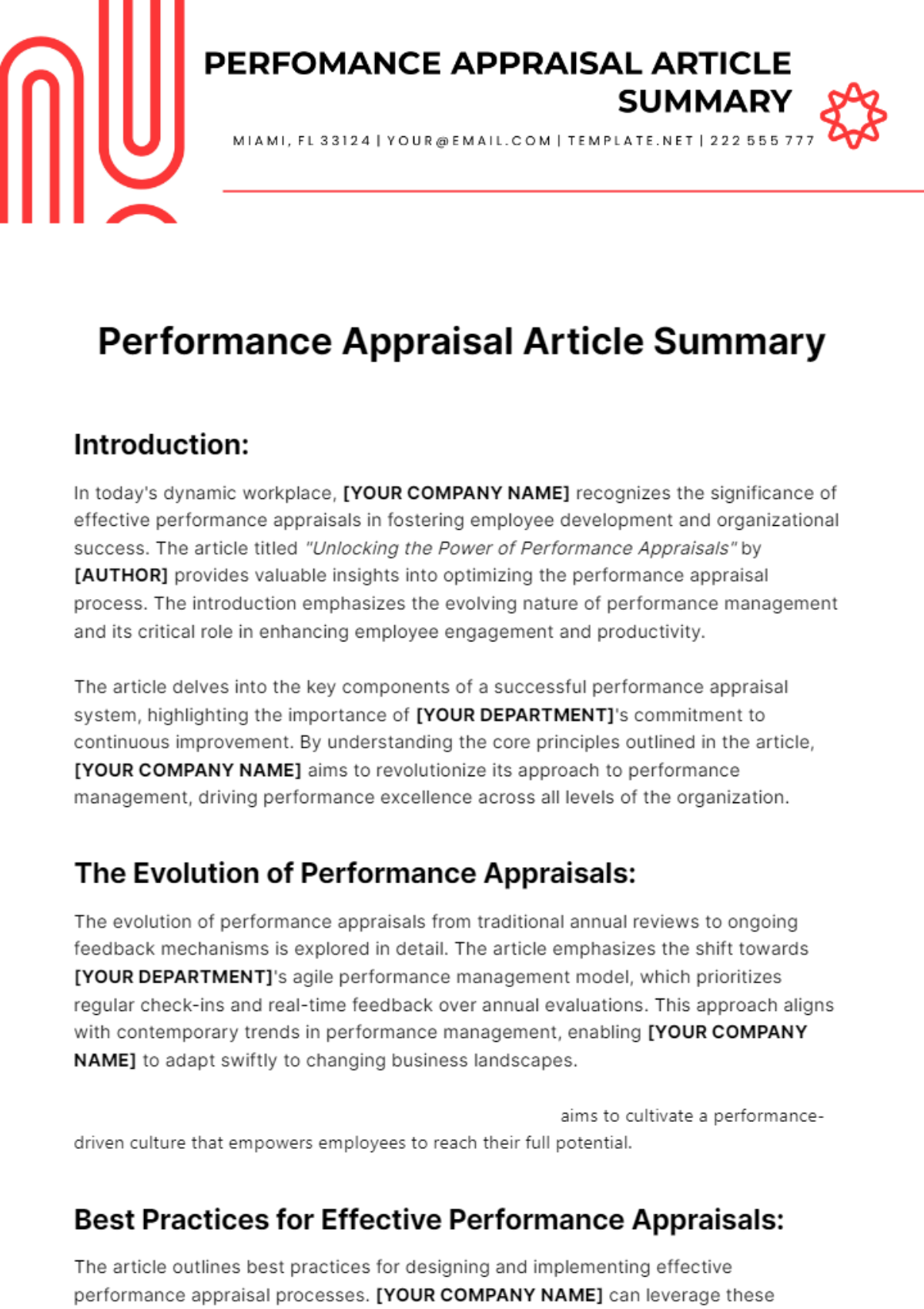
Introduction:
In today's dynamic workplace, [YOUR COMPANY NAME] recognizes the significance of effective performance appraisals in fostering employee development and organizational success. The article titled "Unlocking the Power of Performance Appraisals" by [AUTHOR] provides valuable insights into optimizing the performance appraisal process. The introduction emphasizes the evolving nature of performance management and its critical role in enhancing employee engagement and productivity.
The article delves into the key components of a successful performance appraisal system, highlighting the importance of [YOUR DEPARTMENT]'s commitment to continuous improvement. By understanding the core principles outlined in the article, [YOUR COMPANY NAME] aims to revolutionize its approach to performance management, driving performance excellence across all levels of the organization.
The Evolution of Performance Appraisals:
The evolution of performance appraisals from traditional annual reviews to ongoing feedback mechanisms is explored in detail. The article emphasizes the shift towards [YOUR DEPARTMENT]'s agile performance management model, which prioritizes regular check-ins and real-time feedback over annual evaluations. This approach aligns with contemporary trends in performance management, enabling [YOUR COMPANY NAME] to adapt swiftly to changing business landscapes.
By embracing these strategies, [YOUR COMPANY NAME] aims to cultivate a performance-driven culture that empowers employees to reach their full potential.
Best Practices for Effective Performance Appraisals:
The article outlines best practices for designing and implementing effective performance appraisal processes. [YOUR COMPANY NAME] can leverage these insights to refine its approach to performance management and maximize the impact of appraisals on employee engagement and performance.
Key best practices include:
Setting Clear Expectations: Establishing clear performance expectations and goals that align with [YOUR DEPARTMENT]'s objectives.
Providing Timely Feedback: Offering regular feedback and coaching to employees to support their development and address performance gaps.
Encouraging Employee Involvement: Involving employees in the appraisal process by soliciting their input and participation in goal-setting and performance discussions.
Training Managers: Providing training and resources to managers to enhance their ability to conduct effective performance appraisals and deliver constructive feedback.
By adopting these best practices, [YOUR COMPANY NAME] can enhance the effectiveness and fairness of its performance appraisal process, driving employee engagement and organizational success.
Implementation Strategies:
Implementing an effective performance appraisal system requires careful planning and execution. [YOUR COMPANY NAME] can consider the following implementation strategies to ensure the successful rollout of the new performance management framework:
Stakeholder Engagement: Engage key stakeholders, including managers, HR professionals, and employees, to gain buy-in and support for the new appraisal system.
Communication Plan: Develop a comprehensive communication plan to inform employees about the changes to the performance appraisal process, including timelines, expectations, and training opportunities.
Methods of Performance Appraisal:
Different methods can be used for performance appraisal, including 360-Degree Feedback, Management by Objectives (MBO), and Behavioral Anchored Rating Scale (BARS). [YOUR COMPANY NAME] understands the importance of selecting the most suitable appraisal method based on the organization’s size, industry, culture, and goals.
1. 360-Degree Feedback
360-Degree Feedback involves gathering feedback from multiple sources, including supervisors, peers, subordinates, and sometimes even external stakeholders. [YOUR COMPANY NAME] recognizes the value of obtaining diverse perspectives to provide a comprehensive assessment of an employee's performance. This method promotes employee development and fosters a culture of continuous improvement by offering insights from various viewpoints.
2. Management by Objectives (MBO)
Management by Objectives (MBO) is a performance appraisal method that focuses on setting specific, measurable, achievable, relevant, and time-bound (SMART) objectives for employees. [YOUR COMPANY NAME] emphasizes the importance of aligning individual goals with organizational objectives to drive performance and accountability. By setting clear objectives and regularly monitoring progress, employees can track their performance and contribute effectively to the organization's success.
Summary:
Performance appraisal is a crucial process within [YOUR COMPANY NAME], serving to enhance communication, identify employee potential, improve productivity, and provide legal protection. By implementing effective performance appraisal methods and fostering a culture of continuous feedback, [YOUR COMPANY NAME] can drive employee development and organizational success. As [YOUR COMPANY NAME] continues to refine its performance appraisal processes, it remains committed to promoting growth, innovation, and excellence within the organization.
In summary, performance appraisal plays a crucial role in [YOUR COMPANY NAME]'s talent management strategy, contributing to improved communication, employee development, productivity, and legal compliance.
Benefits of Performance Appraisal:
Performance appraisal can lead to improved communication and work relationships within [YOUR COMPANY NAME]. By providing employees with regular feedback on their performance, [YOUR COMPANY NAME] fosters open communication channels between managers and employees. This enhances mutual understanding and collaboration, ultimately strengthening work relationships and promoting a positive work environment.
Moreover, performance appraisal helps identify employees who have the potential for growth and advancement within the organization. [YOUR COMPANY NAME] recognizes the importance of talent identification and development in maintaining a skilled and motivated workforce. Through performance assessments, [YOUR COMPANY NAME] can identify high-performing employees and provide them with opportunities for career growth, training, and development.
Conclusion:
In conclusion, performance appraisal is a critical process within [YOUR COMPANY NAME] that contributes to organizational success in various ways. By fostering improved communication and work relationships, identifying employees with growth potential, enhancing productivity, and providing legal protection, performance appraisal serves as a cornerstone of [YOUR COMPANY NAME]'s talent management strategy.
- 100% Customizable, free editor
- Access 1 Million+ Templates, photo’s & graphics
- Download or share as a template
- Click and replace photos, graphics, text, backgrounds
- Resize, crop, AI write & more
- Access advanced editor
Introducing Template.net's Performance Appraisal Article Summary Template: a concise yet comprehensive tool for summarizing performance evaluations. Fully editable and customizable, it streamlines the appraisal process with ease. Crafted for efficiency, it's editable in our Ai Editor Tool, ensuring tailored summaries that capture the essence of employee performance effortlessl
